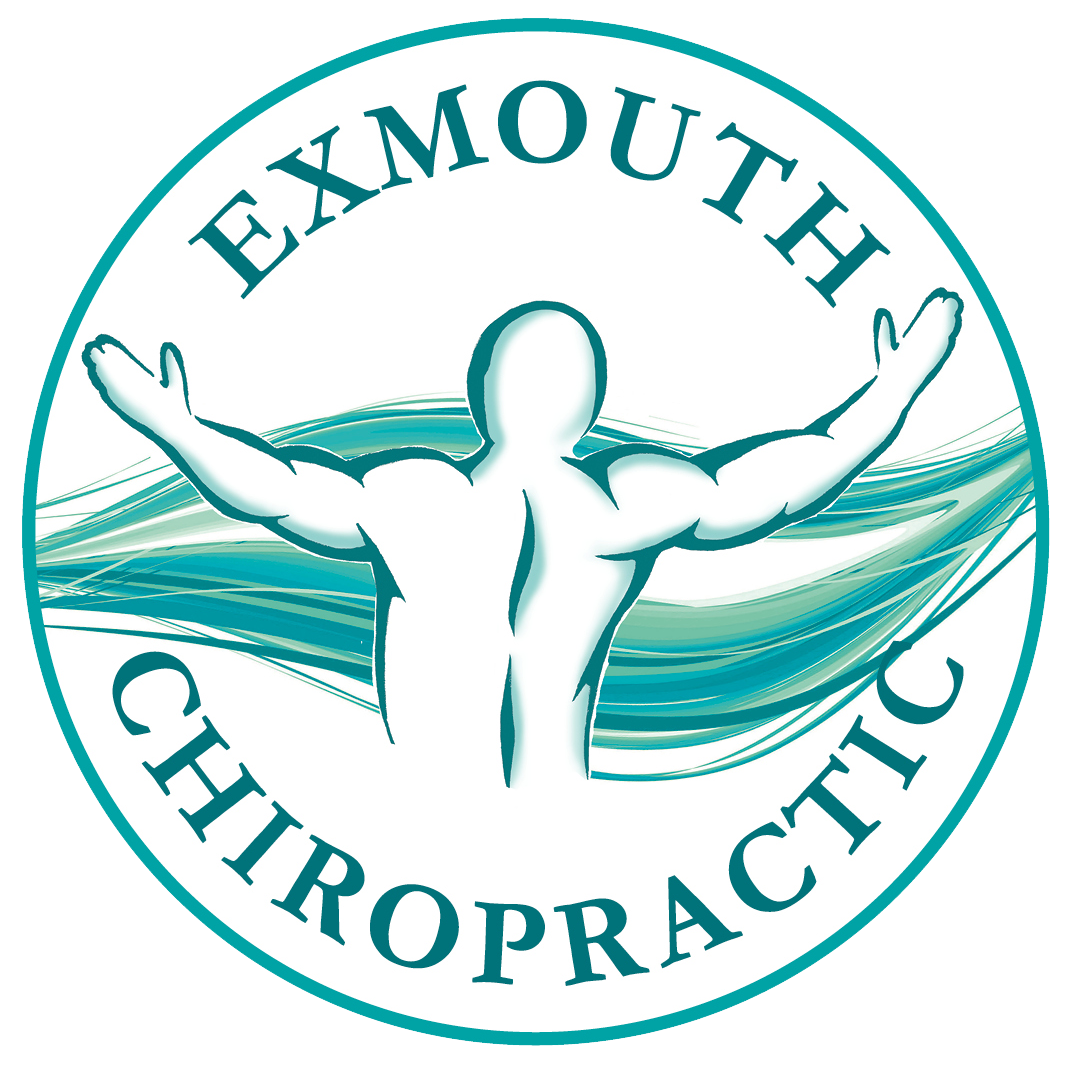SHOULDER PAIN
What is shoulder pain?
Shoulder pain is extremely common, with nearly half of all adults being affected at some time. The shoulder is a complex joint and there are many different causes of shoulder pain so it is important to get an accurate diagnosis if you have pain that is not settling down after a few days.
You should seek treatment if any of the following apply:
Its a recurring pain , even if it settles down on its own.
If you have had an injury causing a deformity to the joint.
You cannot use the arm
Your range of movement is reduced
Signs of an infection such as swelling, fever, redness.
What causes shoulder pain?
There are many different causes of shoulder pain but some of the more common are:
Referred pain from a problem in the neck or upper back
An injured muscle in one of the many that control the movement of the shoulder or arm, often in a group called the rotator cuff.
Inflamation causing bursitis or tendinitis resulting in impingement syndrome
Frozen shoulder or adhesive capsulitis as its correctly known as, is not as common as many shoulder conditions and is frequently misdiagnosed.
Arthritis
Ligament injury, often after a trauma.
Dislocation of the shoulder that usually results in an unstable shoulder making it prone to many further problems.
Referred pain from internal organs often are felt around the shoulder. Heart attacks can be felt around the left shoulder, and gall bladder problems are sometimes felt around the right shoulder.
How can a Chiropractor treat shoulder pain?
The first thing we will do after taking a thorough case history , is undertake an extensive examination of the area to arrive at an accurate diagnosis of your condition. When we have all the information we require which may include X-ray or MRI scans, we will be in a position to commence treatment if it is determined that your condition will respond to Chiropractic care.
The treatment approach will depend on the specific condition you have, but may include, stretching, adjustments of the affected joints, Laser therapy, strapping, lifestyle advice and usually a rehabilitation exercise program .
If our examination indicates that you have a more serious problem then we will refer you directly on to the relevant medical specialists.

